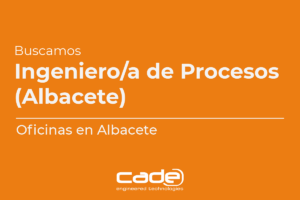Grid Flexibility in the Energy Transition: The Role of Thermal Storage
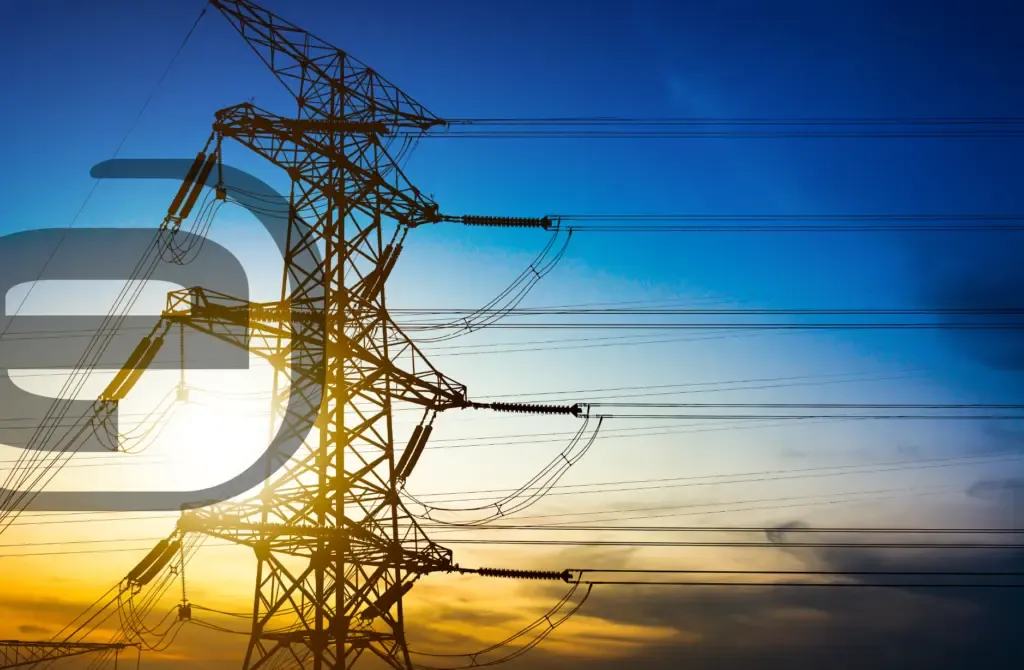
Energy Transition and New Demands on the Power System The energy transition toward a decarbonized, highly distributed, and digitalized system requires a deep reconfiguration of the traditional electricity system. Furthermore, the massive integration of renewable energy sources with high variability and uncertainty complicates the operational stability of the power grid. In this context, the concept […]
Pinch Analysis: Energy Optimization and the Evolution Toward Industrial Sustainability
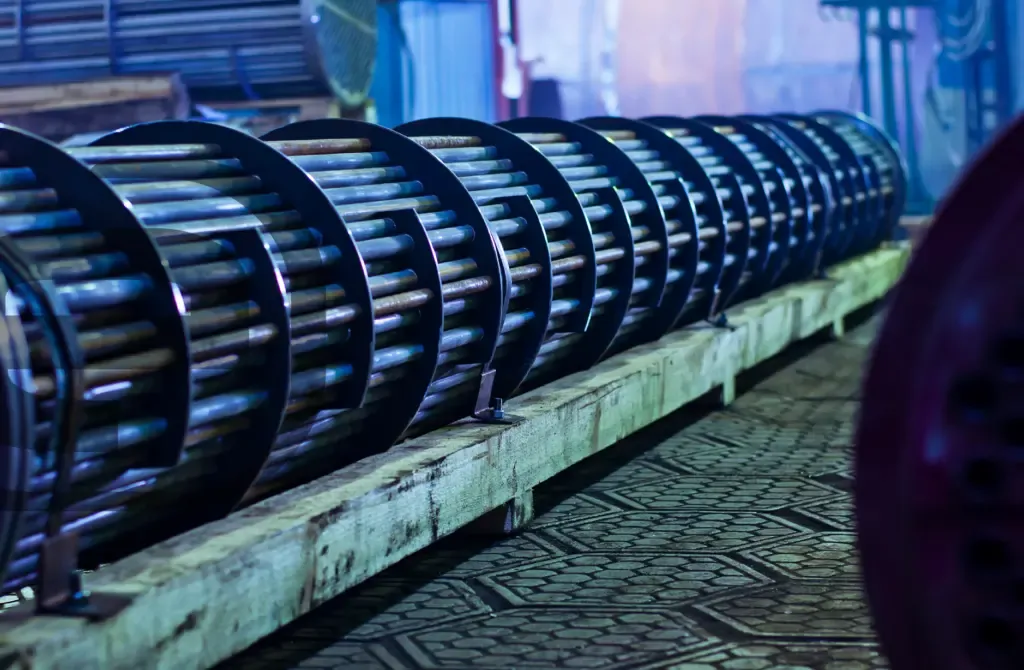
Pinch Analysis is a widely used energy integration methodology aimed at optimizing heat usage in industrial processes. Since its initial development in the 1970s by Bodo Linnhoff, this technique has significantly evolved into a comprehensive approach for process improvement, resource management, and sustainability. Below is an overview of its fundamentals, key tools, applications, and the […]
ATEX Study: Smart Prevention and Industrial Strategy in Explosion-Risk Environments

In industrial environments where explosive atmospheres may form—due to the presence of gases, vapors, mists, or combustible dusts—conducting an ATEX study is not only a legal requirement but also a strategic practice to protect people, ensure operational continuity, minimize environmental impact, and strengthen corporate image. A systematic evaluation of these risks allows companies to anticipate […]
How Energy Savings in Refineries Depend on Steam Management

Steam is essential in refineries for processes such as heating, distillation, and power generation. However, leaks and condensate losses represent a multimillion-dollar waste in fuel, water, and efficiency. Addressing these issues not only reduces costs but also minimizes emissions and improves sustainability. The Hidden Cost of Steam Leaks A single 3 mm leak in steam […]
When to perform a Water Hammer Analysis?
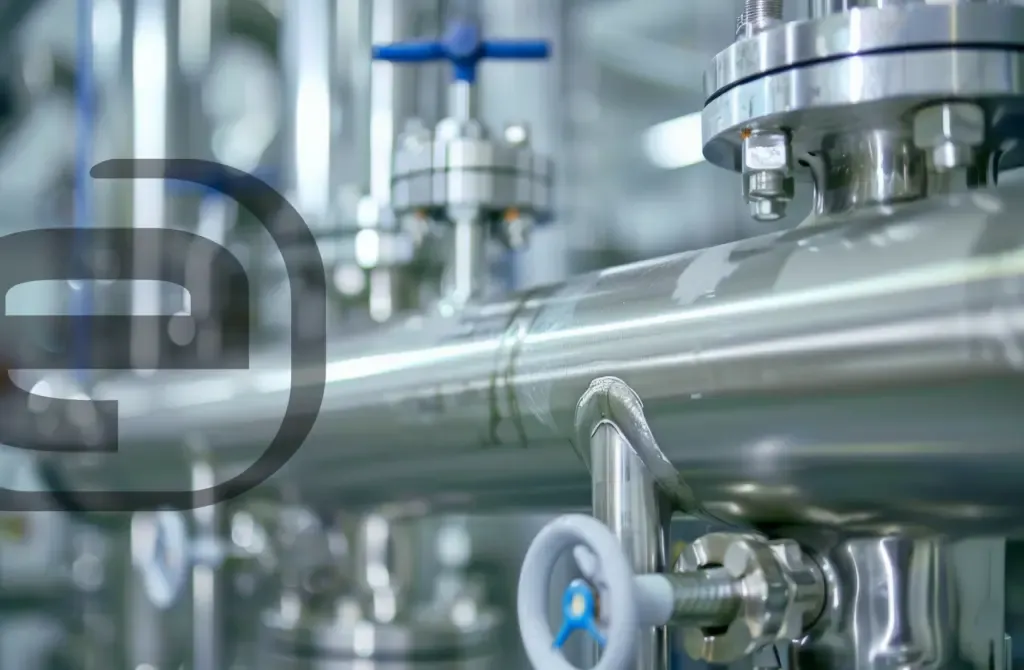
Purpose of Water hammer analysis One of the main purposes of water hammer analysis is to determine surge pressure or maximum expected pressure during transient conditions. This is of particular interest to evaluate operative scenarios: When a pump is suddenly stopped, a valve is closed, or any other scenario that implies a relevant change of […]
Key Factors for Optimized Heat Exchanger Design: Energy Efficiency and Operating Cost Reduction
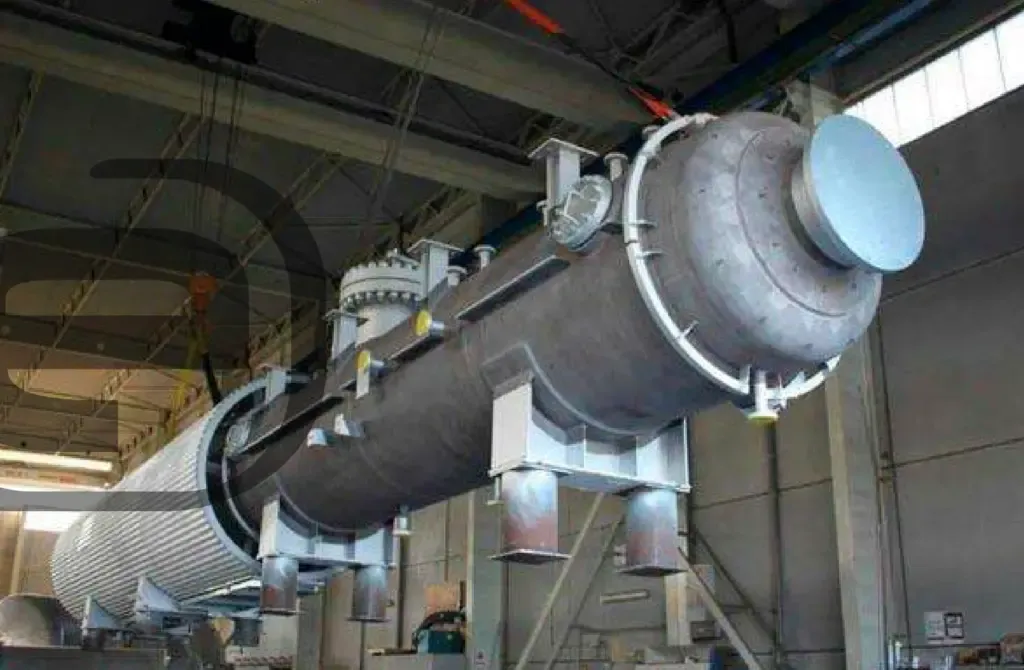
Heat exchangers are essential components in industrial processes, ensuring that a plant operates under the desired temperature conditions at all times. These devices enable fluids to be heated or cooled to the appropriate temperature for optimal process performance. An optimized heat transfer equipment design not only guarantees operational efficiency but is also a key factor […]



